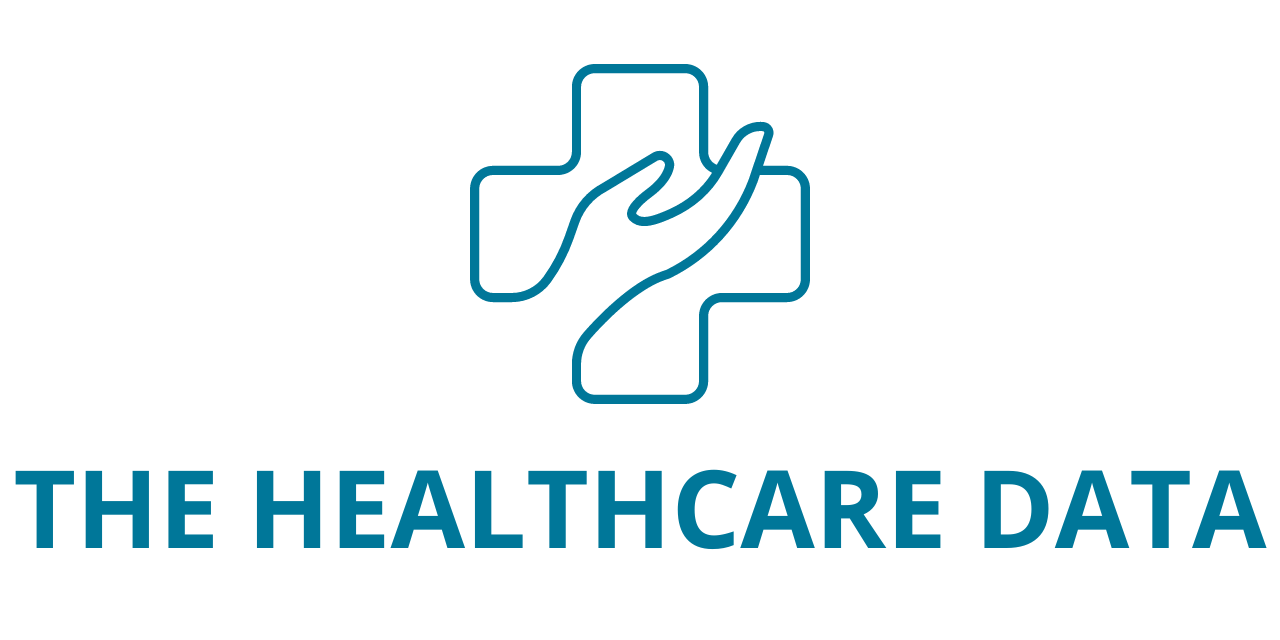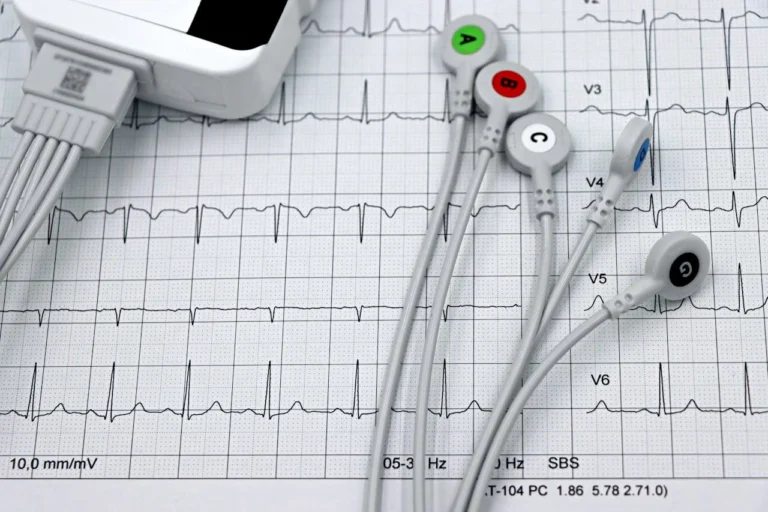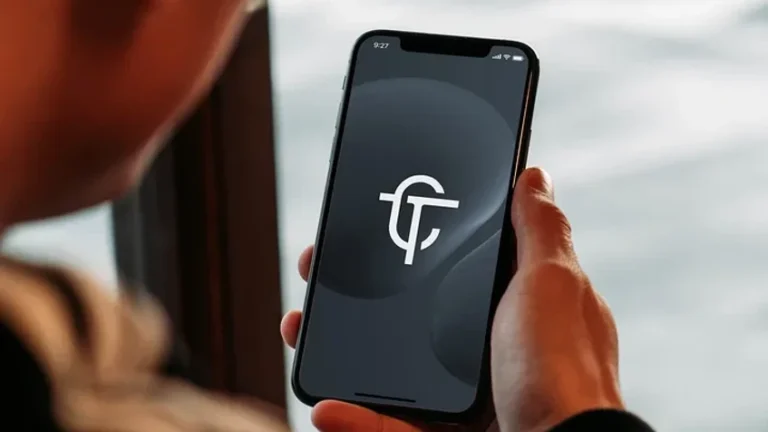GE HealthCare (Nasdaq: GEHC) today announced new data from a pilot study conducted with Cleveland Clinic evaluating the Portrait Mobile wireless and wearable monitoring solution. The results demonstrate that continuous patient monitoring with Portrait Mobile resulted in alarm data suitable for optimization of ward default values and further refinement on an individual basis seems likely to improve usability. The data was presented during the ASA 2023 Annual Meeting in San Francisco (Abstract #A1143).
The COSMOS (Continuous Ward Monitoring with the GE HealthCare Portrait Mobile Monitoring Solution) Phase 1 study enrolled 100 post-surgical patients who had respiratory rate, oxygen saturation, and pulse rate monitored continuously with Portrait Mobile.* The results demonstrate that continuous monitoring of these vital signs with Portrait Mobile produces data to drive alarm threshold configuration within the ward, optimize actionable alarms, minimize non-actionable alarms, and minimize alarm fatigue. Alarm optimization is essential to reach a balance of detecting patient deterioration without burdening caregivers with non-actionable false alarms.
Undetected patient deterioration, particularly post-surgery, can lead to hazardous yet preventable consequences, with 30-day mortality after surgery representing the third leading cause of death globally.1 The uninterrupted flow of data and continuous measurement of vital signs can help alert healthcare providers to a patient’s decline as it is happening, enabling timely intervention before a patient deteriorates.
“Most patients recovering from surgery have vital signs evaluated every 4-6 hours. We know that intermittent monitoring misses many vital sign abnormalities,” shares Principal Investigator Daniel Sessler, MD, Michael Cudahy Professor and Chair of Outcomes Research at Cleveland Clinic. “Our analysis identified alert thresholds that identify potentially serious abnormalities without generating undue burden for nurses.”
The challenges of managing alarms in a care setting can be a major factor in fatigue and burnout with alarm rates in intensive care and cardiac telemetry published reports numbering in the hundreds per bed per day.2,3 Clinician experience in these high alarm burden environments may lead to concerns of similar alarm counts with continuous monitoring in the medical-surgery environment. The COSMOS study used alarm burden analytic software to evaluate the interaction of physiologic data, duration of alarm delays and alarm thresholds to determine the potential number of alarms on Portrait Mobile per patient per day at various configurations. The initial average of alarms per patient per day was 7 but, after adjusting thresholds for those patients with >24 alarms per day, the average dropped to 3 per day, or roughly 1 alarm every 8 hours, per patient.**
GE HealthCare’s recent Reimagining Better Healthstudy also highlighted the challenges of clinician workforce shortages and burnout, with fewer than half of clinicians reporting they have enough time to care for both patients and their families.
“In an era where clinician workforce shortages are causing burnout, we are focused on easing the way for care teams to deliver more confident patient care,” said John Beard, MD, Chief Medical Officer of Patient Care Solutions, GE HealthCare. “To reduce preventable patient harm from delayed recognition of clinical deterioration, and help alleviate alarm burden on care teams, continuous monitoring requires a technically robust system and properly configured physiologic thresholds to develop caregiver trust and support timely intervention. The COSMOS Phase 1 data presented at ASA represents an essential step in Portrait Mobile system configuration to meet the potential of continuous physiologic monitoring in the ward environment.”
Source link : https://www.businesswire.com/





